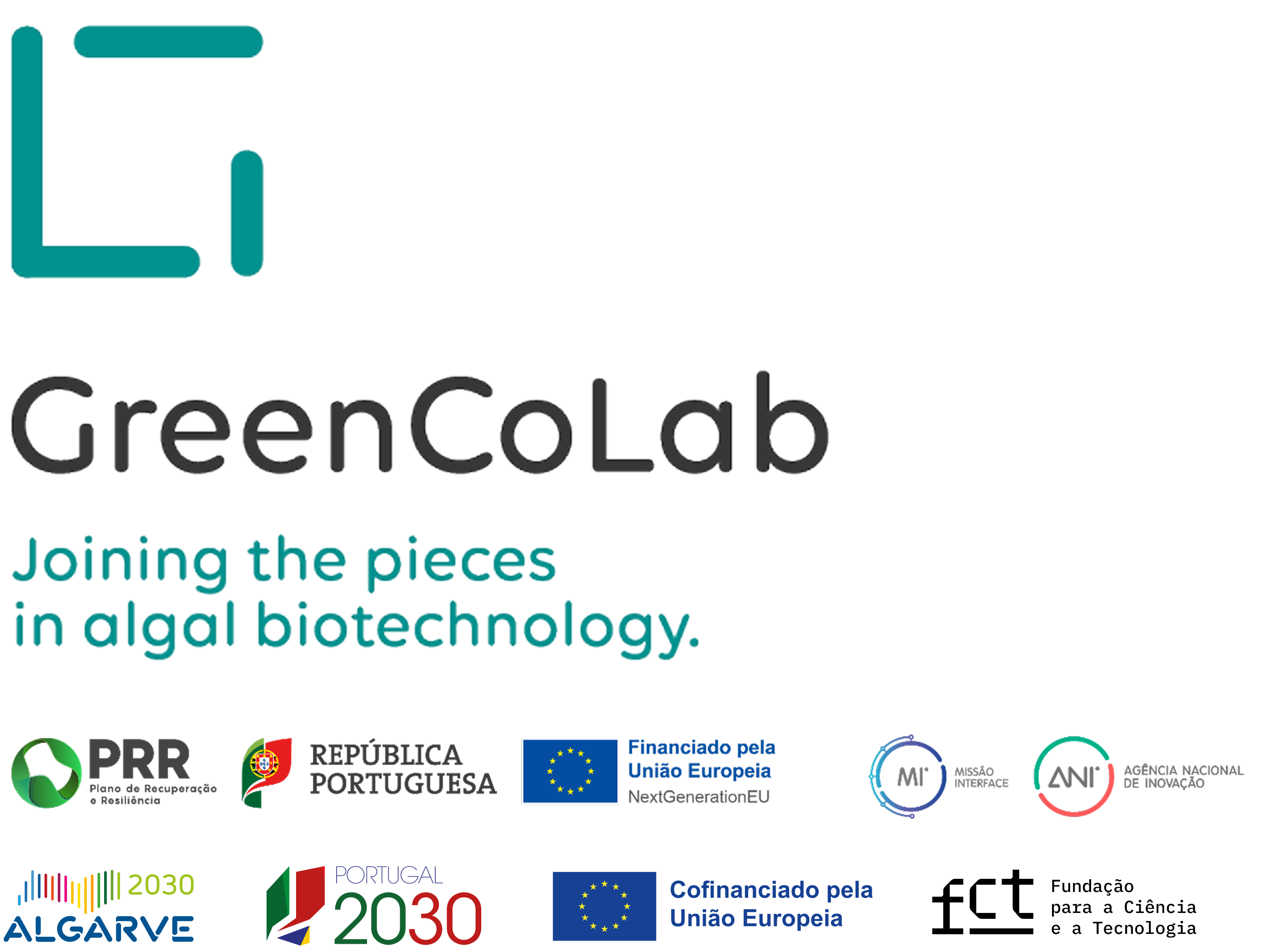

Why Algae
Algae display a unique set of features with unlimited potential for sustainable biotechnology.
What are Algae?
Algae are a diverse group of plant-like organisms, with no true roots, leaves or differentiated tissues that live in various aquatic environments, such as lakes, rivers and the ocean. They range from simple single-cell organisms invisible to the human eye (microalgae) to the large underwater marine forests (macroalgae) and are the basis of most aquatic food chains. They are mostly photosynthetic using light energy and inorganic nutrients to fix CO2 in biomass (photoautotroph), however some microalgae have the ability to use sugars or organic matter as an energy or nutrient source (heterotroph).
Algae are responsible for around 75% of the world’s oxygen production
Are one of the oldest photosynthetic organisms on Earth
Fix CO2 and other environmental pollutants (bioremediation)
Grow faster and require less space compared to traditional crops
Can be cultivated on non-arable as well as marine and wastewater
Climate friendly feedstocks for the food and feed industries
Compounds used as cosmetics, nutraceuticals and pharmaceuticals
Can be used as biostimulants and biopesticides for plants
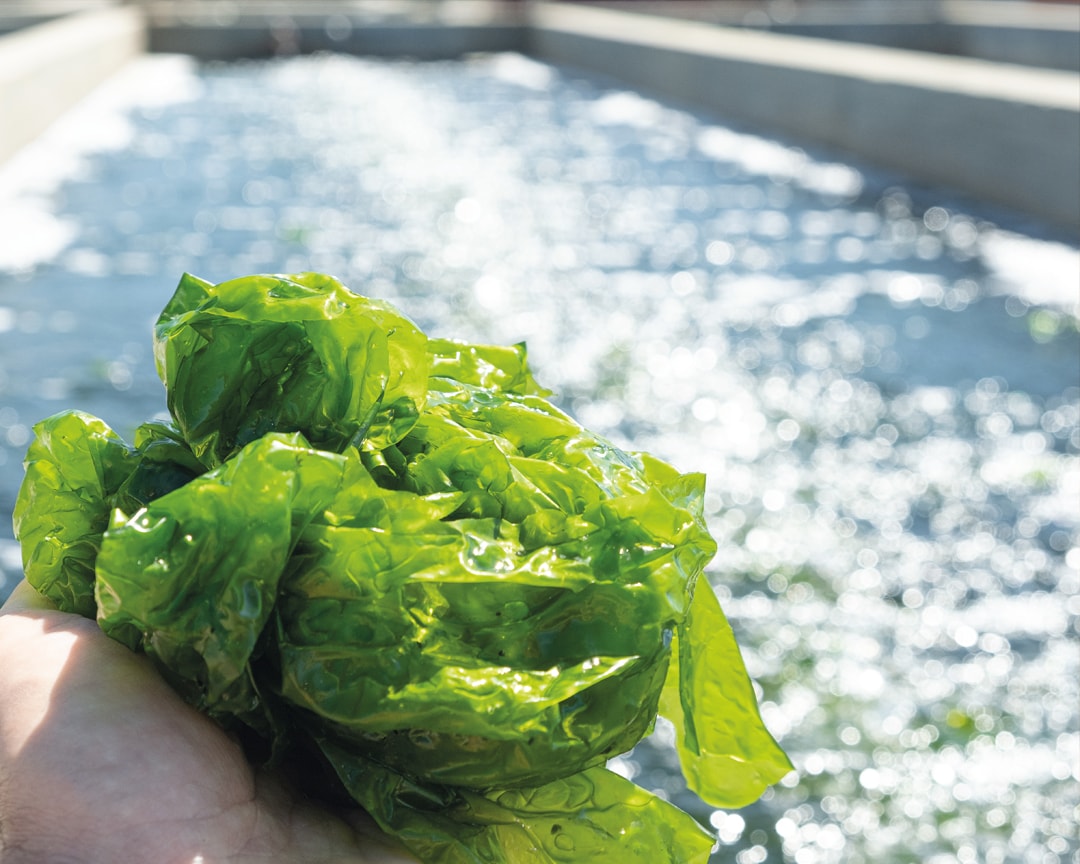
Macroalgae
Also known as seaweed, are multicellular organisms that generally live attached to rock or other hard substrata in coastal areas and often divided structurally in holdfast, stipe and blades. Depending on the species or group, seaweeds have different compositions, structures, growth rates and reproduction cycles.

Macroalgae
Also known as seaweed, are multicellular organisms that generally live attached to rock or other hard substrata in coastal areas and often divided structurally in holdfast, stipe and blades. Depending on the species or group, seaweeds have different compositions, structures, growth rates and reproduction cycles.
Microalgae
Also known as phytoplankton, are single-cell organisms or have two or more cells associated together (colony), with an exponential growth and multiply into a large biomass rich in nutrients.
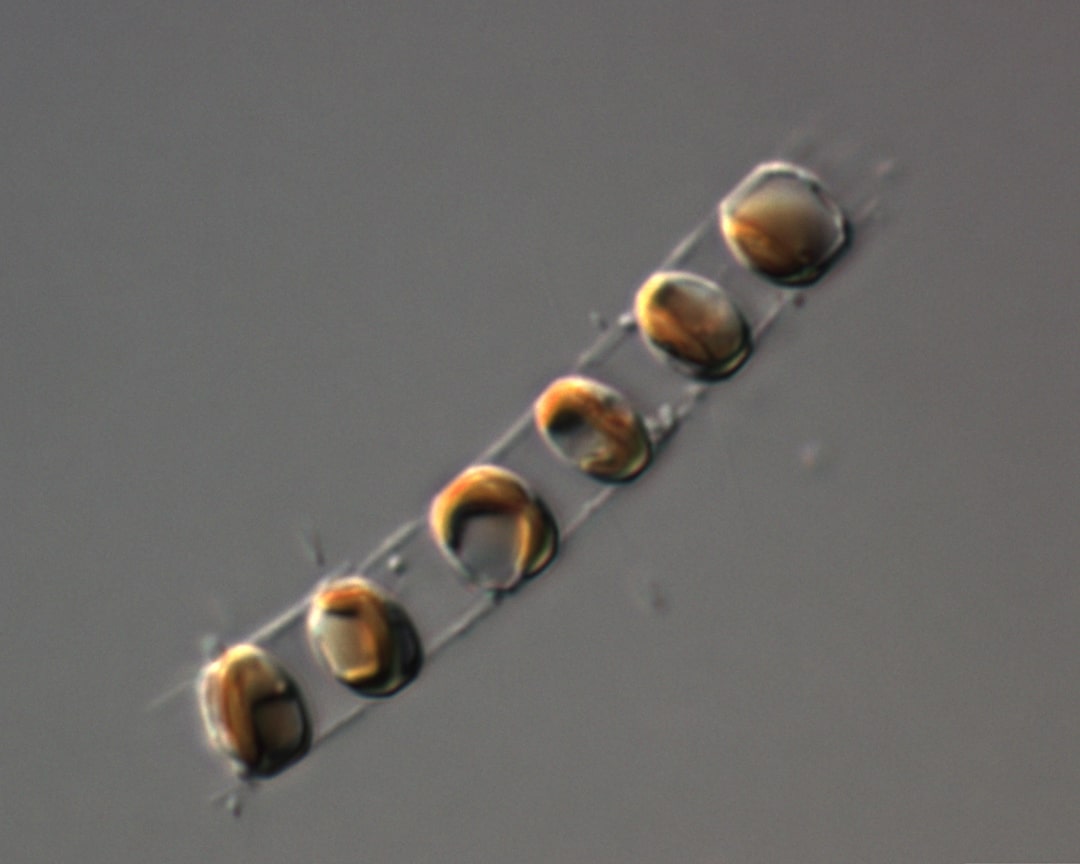

Microalgae
Also known as phytoplankton, are single-cell organisms or have two or more cells associated together (colony), with an exponential growth and multiply into a large biomass rich in nutrients.
How to Cultivate
Algae can be grown from lab to industrial scale in a wide array of production systems. At commercial scale, microalgae are commonly produced in open systems, mainly in raceway ponds or in closed systems commonly denominated as photobioreactors that can display different geometries. Macroalgae are produced in open systems, in inland ponds or offshore systems, or using an Integrated Multi Trophic Approach (IMTA).
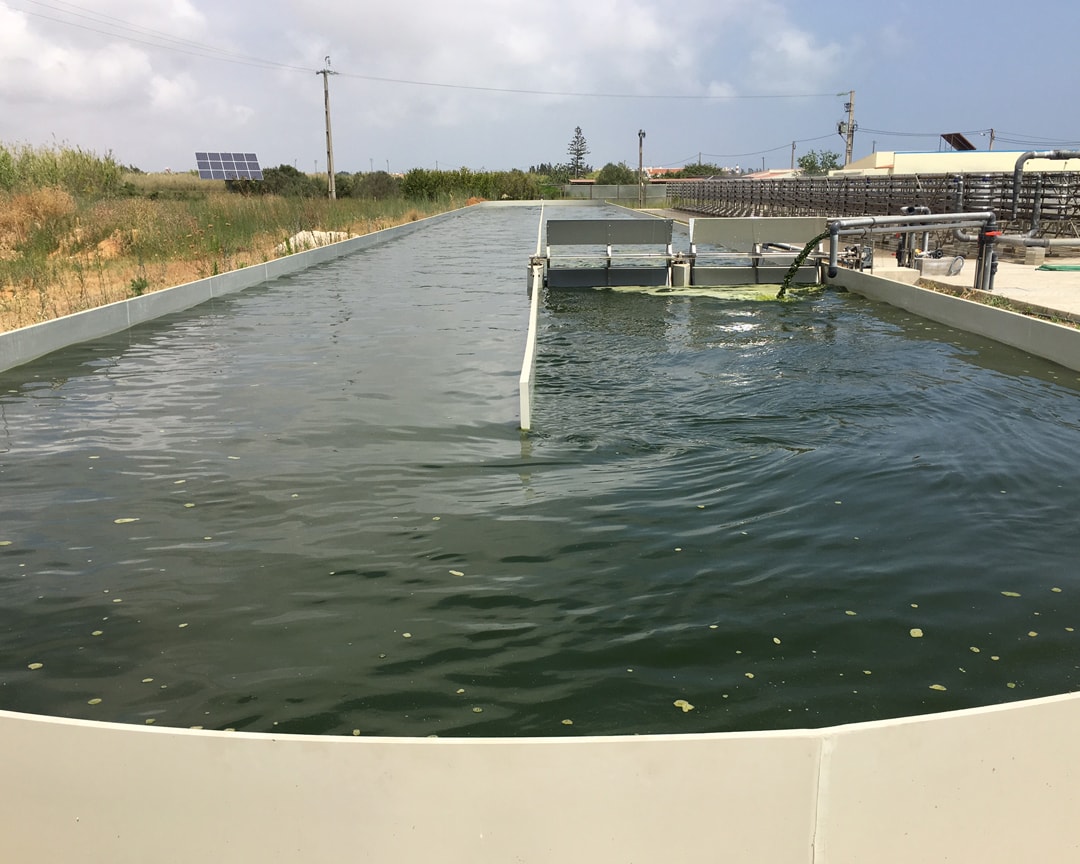
Raceway
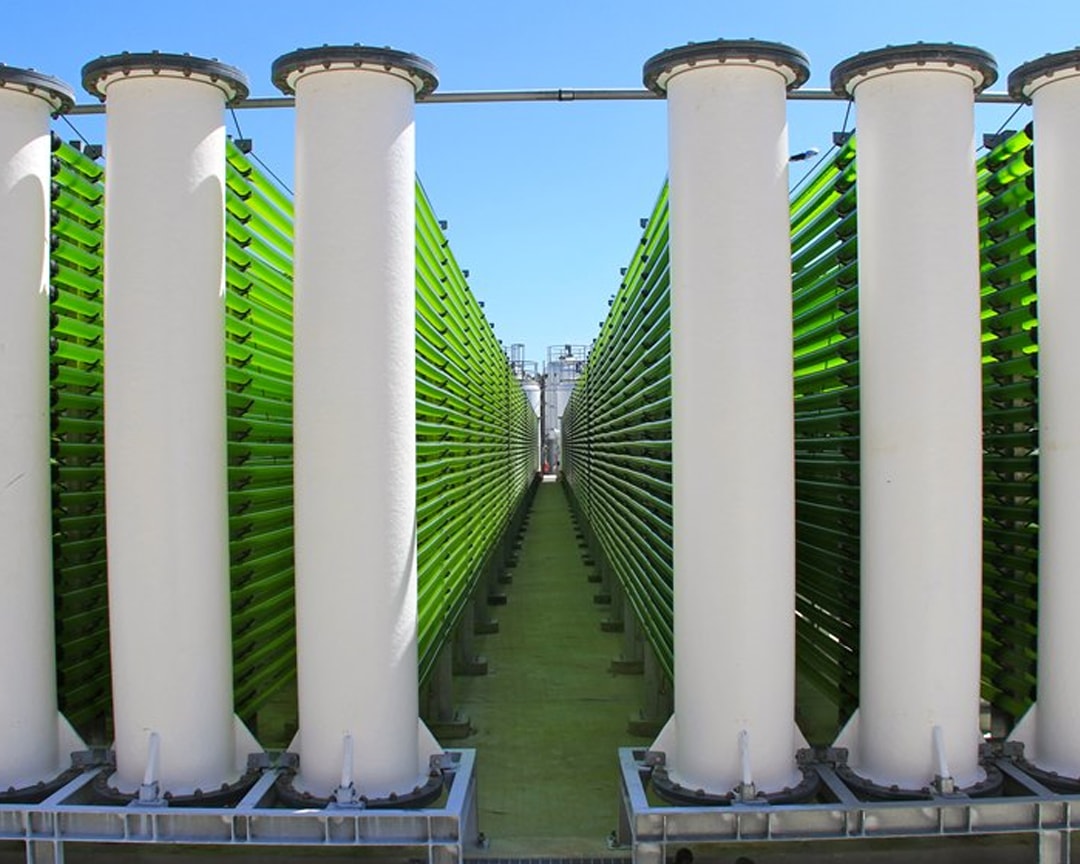
Tubular photobioreactors
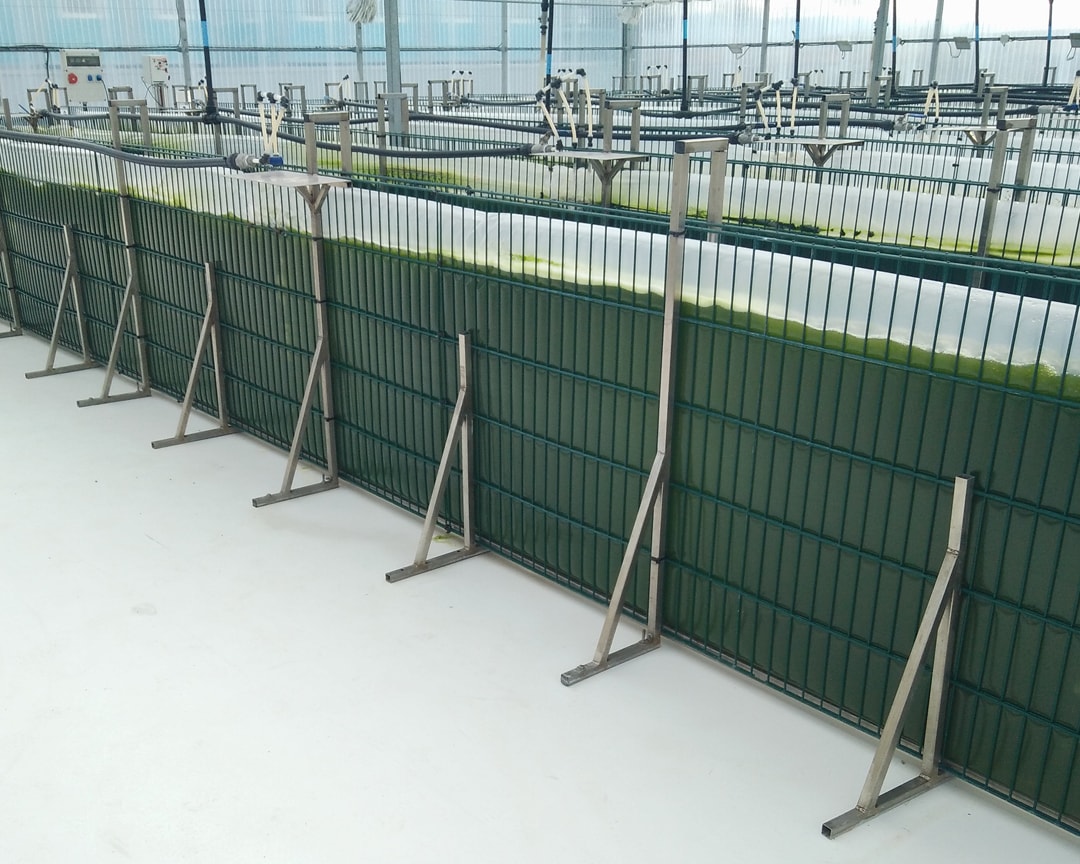
Flat panel photobioreactors
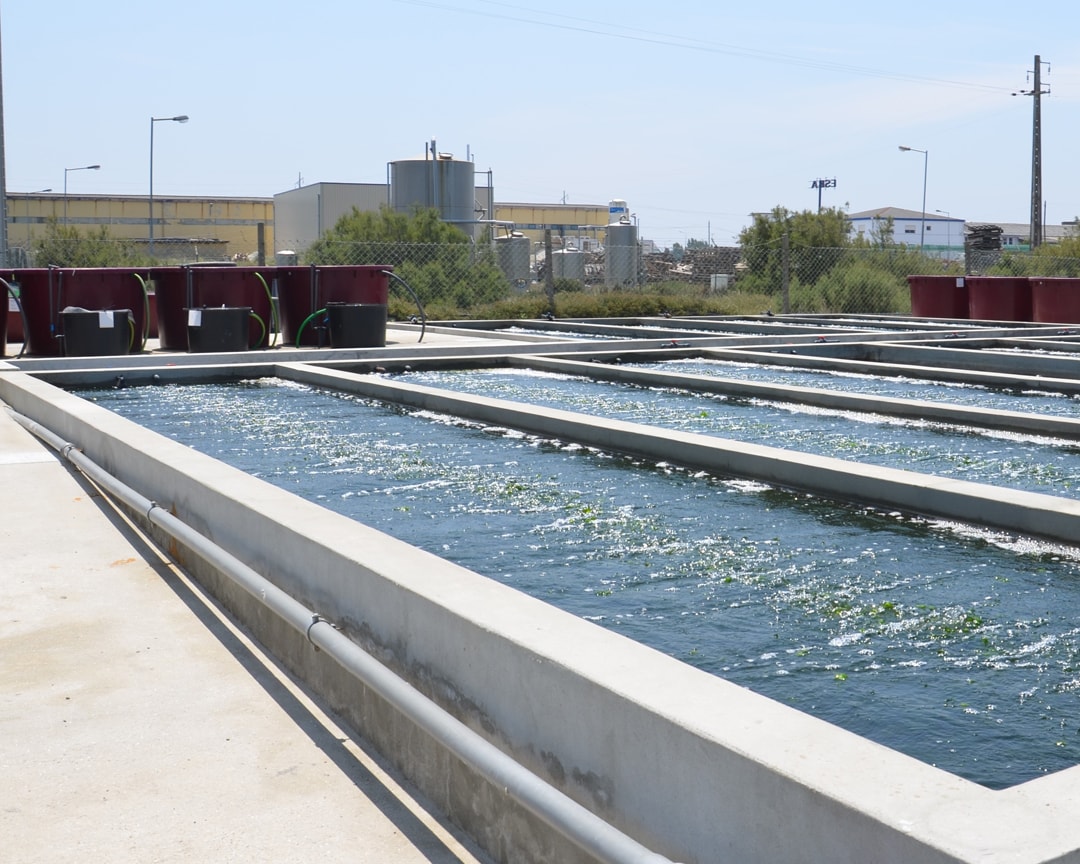
Inland ponds
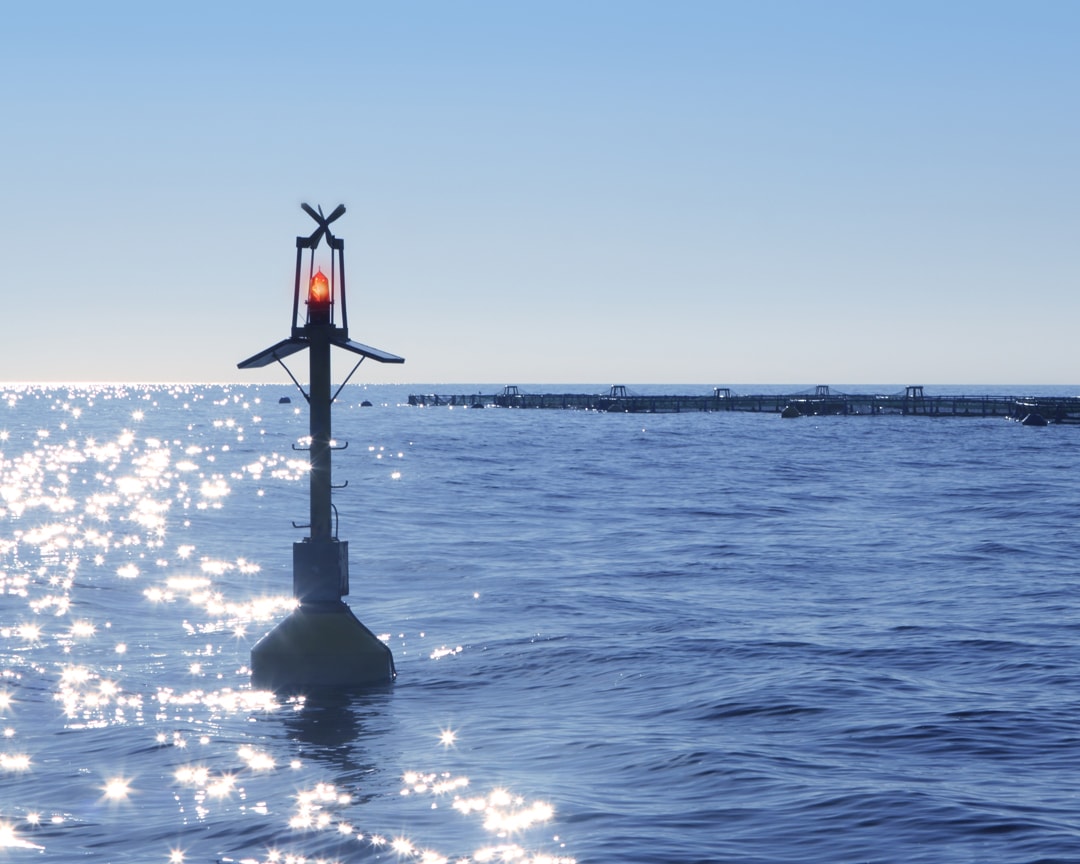
Offshore production
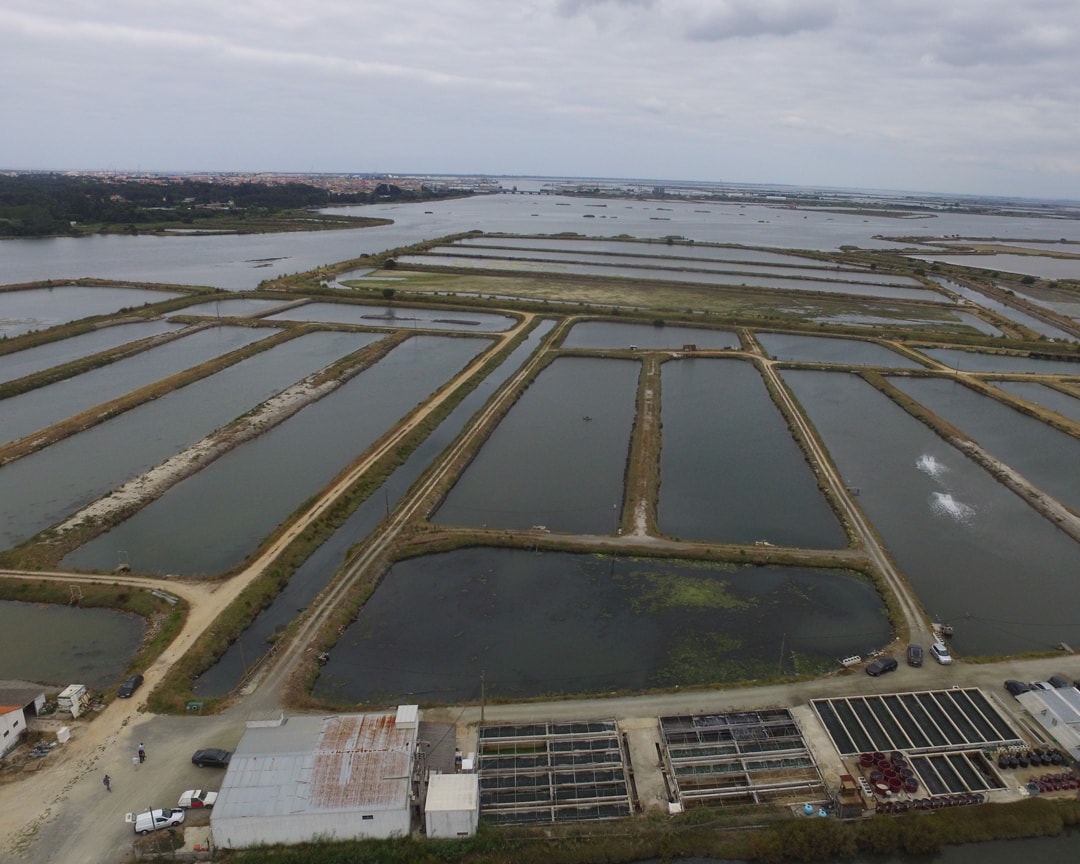
Multi Trophic Aquaculture
Industrial Applications
The diversity of Algae is represented in different colours, shapes, sizes and richness in compounds (pigments, fats, proteins, sugars, minerals) that have many industrial applications:
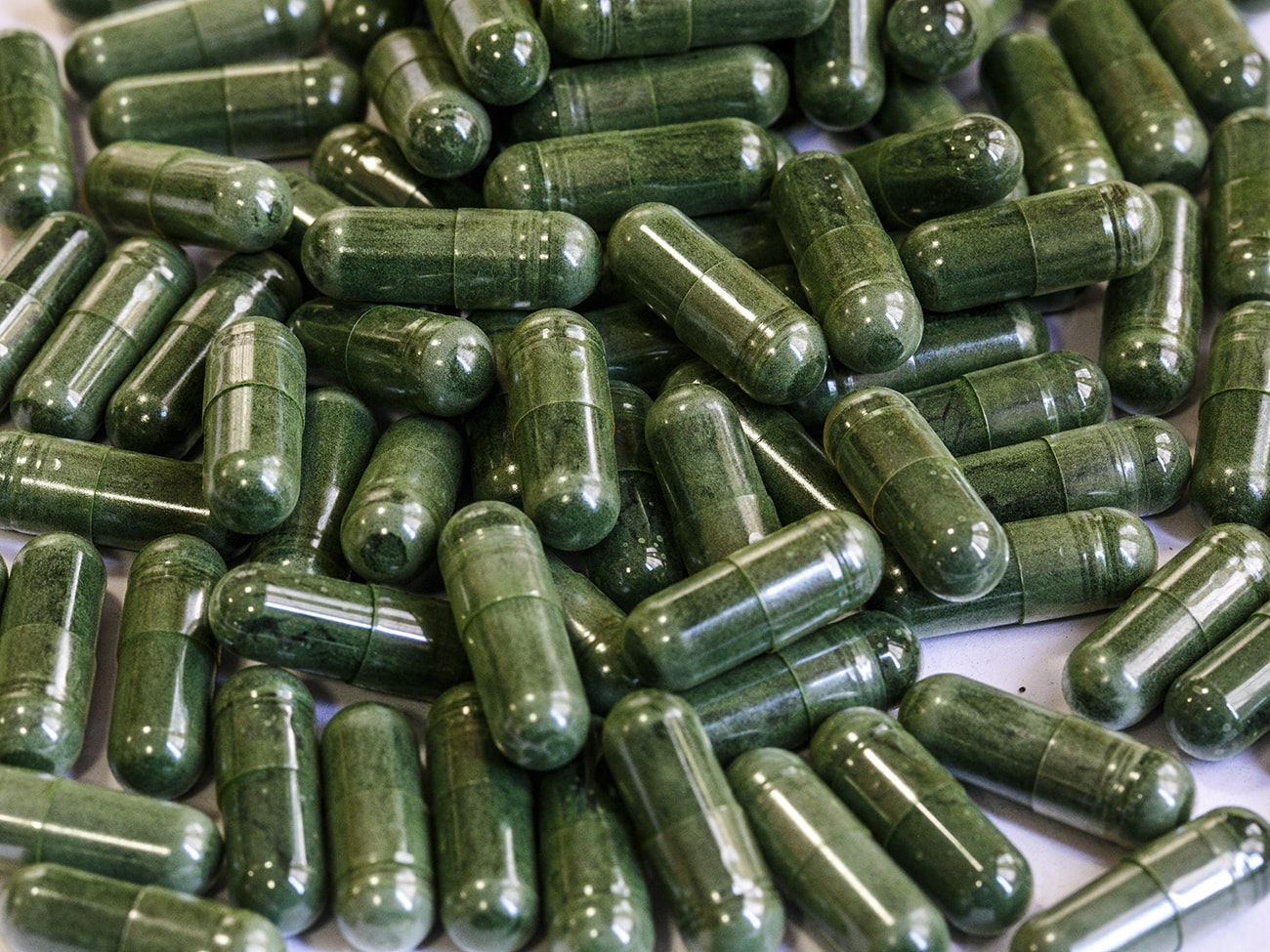
#1 High Value
There is an increasing trend towards exploitation of algae as sources of bioactive compounds for use in functional foods, cosmetics, pharmaceuticals and nutraceuticals.
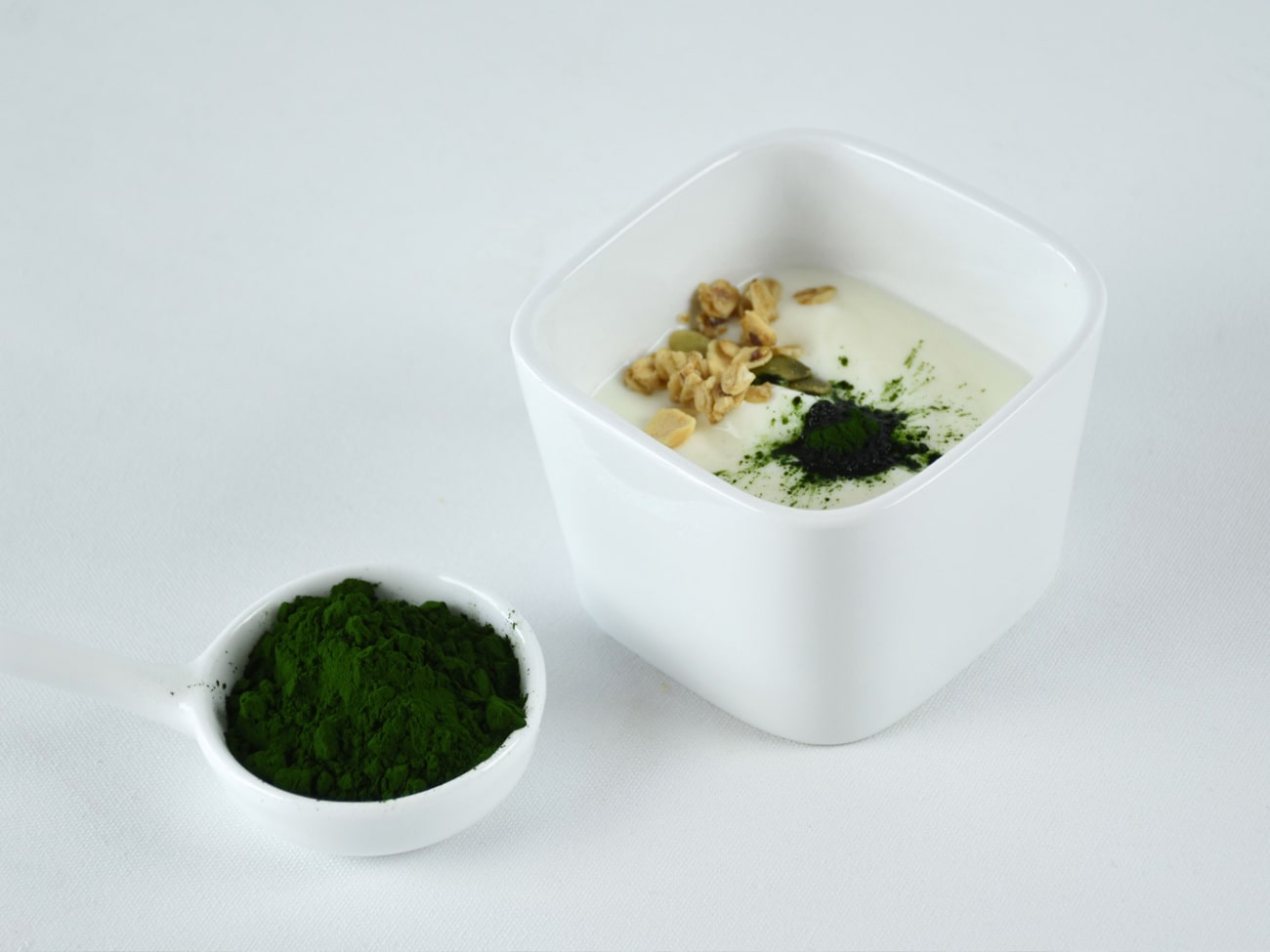
#2 Food
Algae have a long history of consumption as food and food ingredients, particularly seaweeds in Asian countries. The desire for more healthy and vegan diets catalyses introduction of algae into the food market. Burgers, spaghetti & more with algae have become increasingly popular.
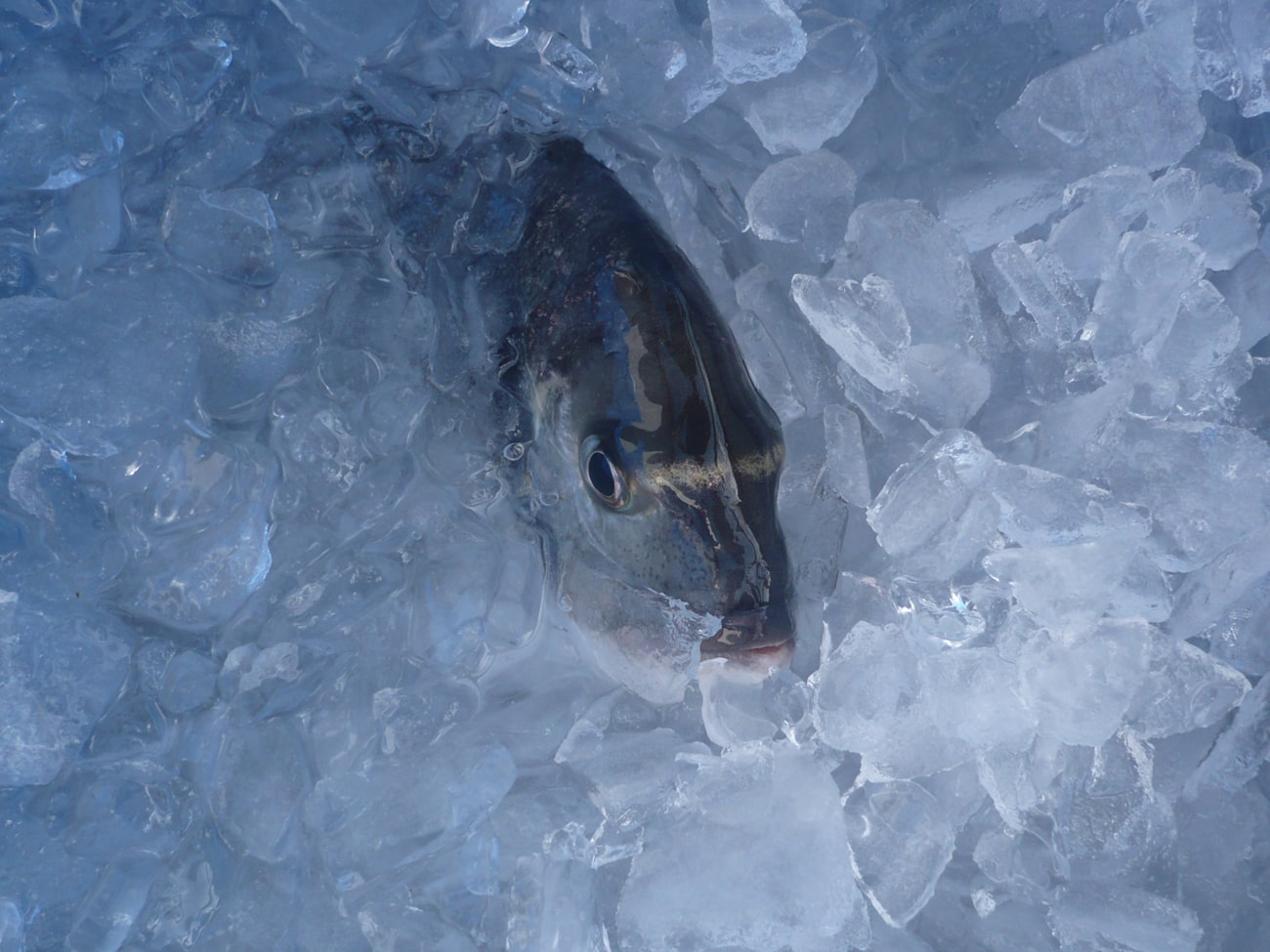
#3 Feed
Algae are used as feeds in aquaculture for fish, shrimp, and shellfish. The application of algae in poultry, pork or cattle feeds gains increasing interest. The Gut-performance working group at GreenCoLab is dedicated to this subject
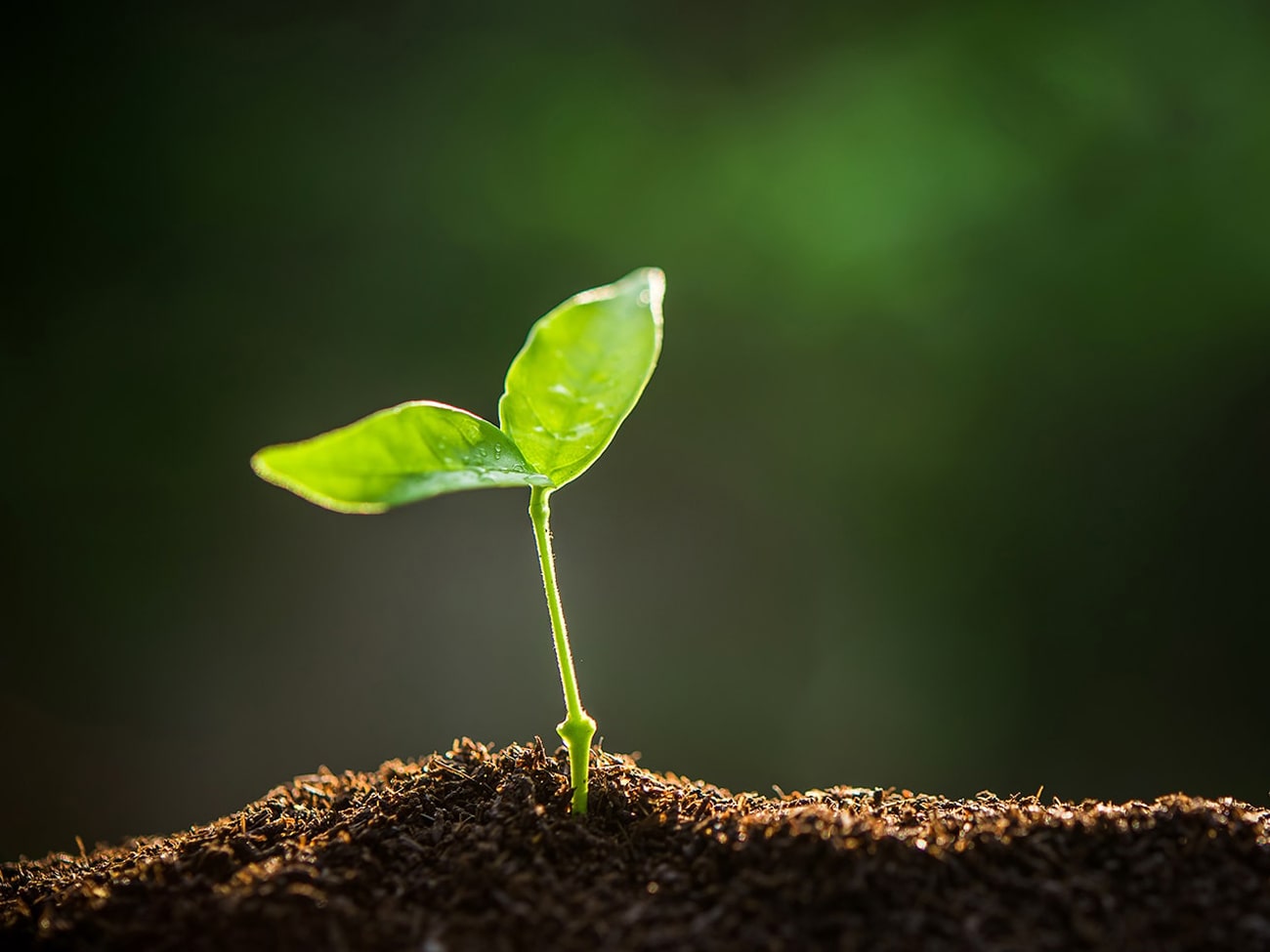
#4 Biostimulants & Biopesticides
Algae can be used as biofertilizer for plants and crops. The R&D in this field is ongoing and only few products are on the market. The Biostimmulant working group at GreenCoLab is dedicated to this subject.
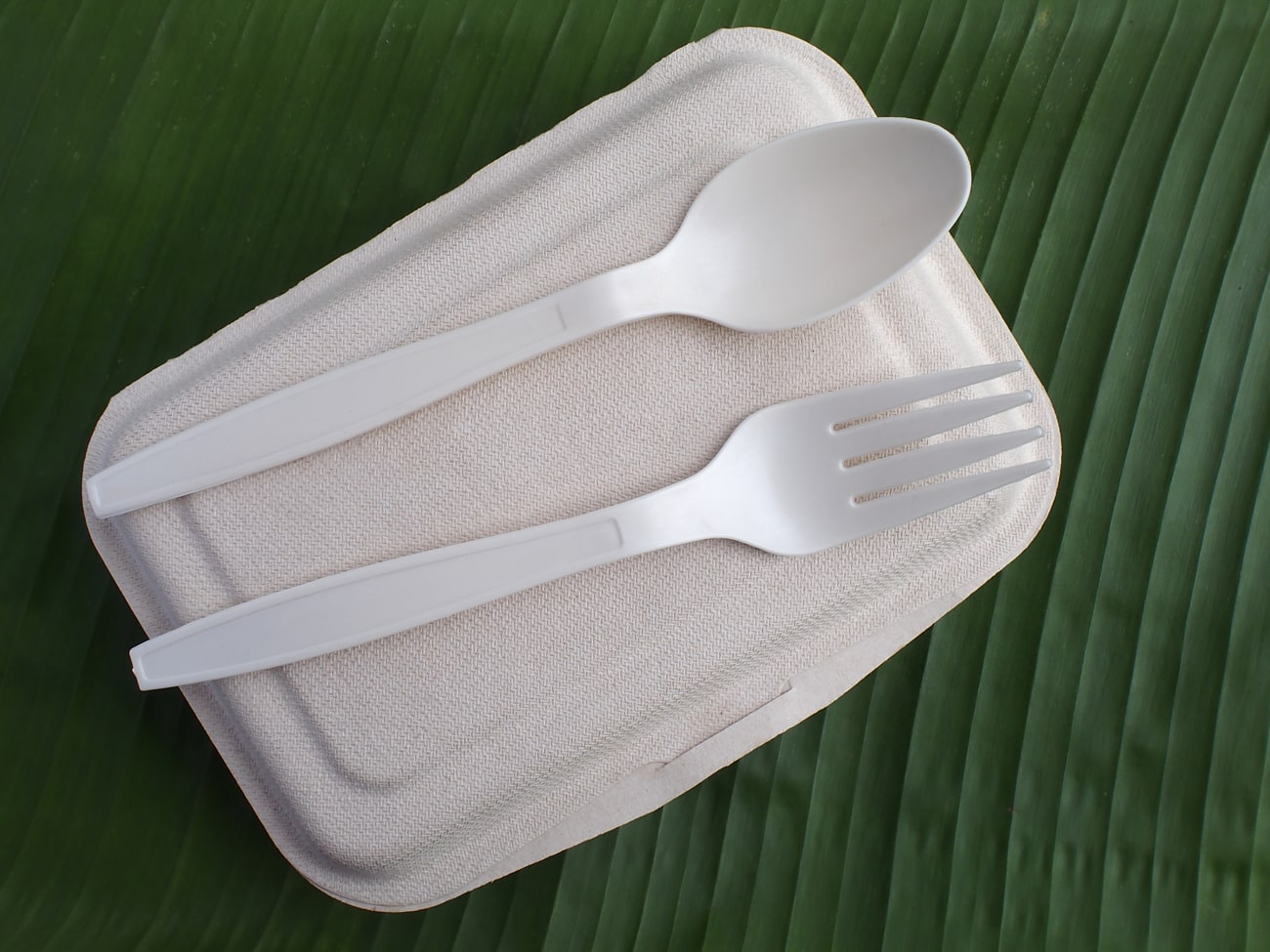
#5 Commodities & Biomaterials
Potential future markets includes biofuels and biomaterials as commodities. However, the today’s production costs of algae are too high to compete with existent products on the market.



